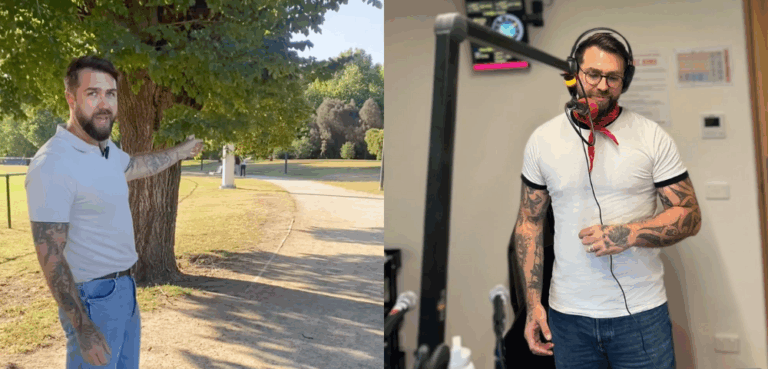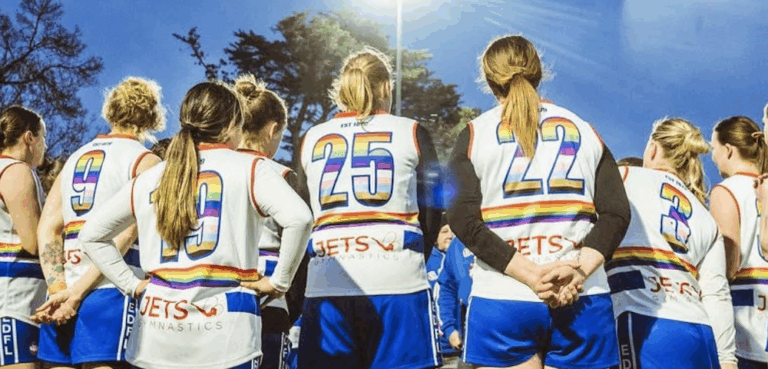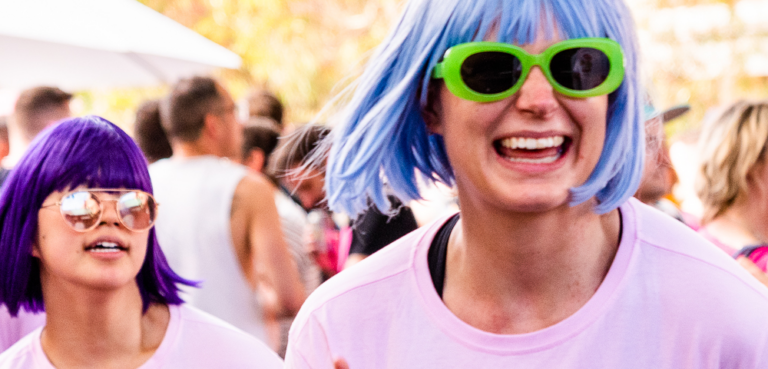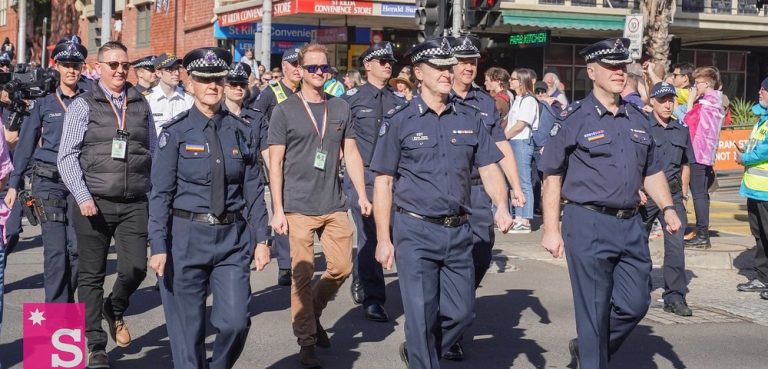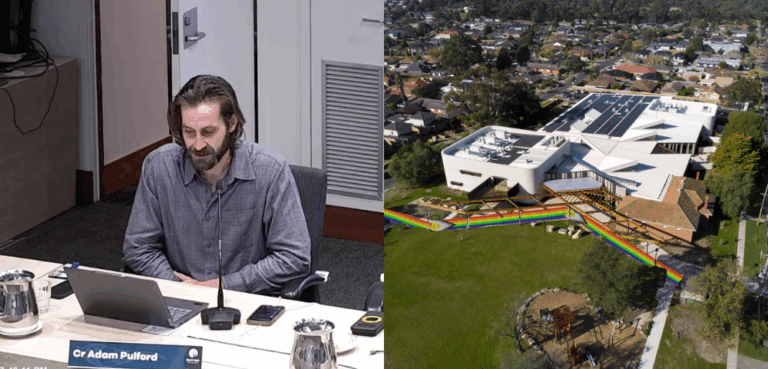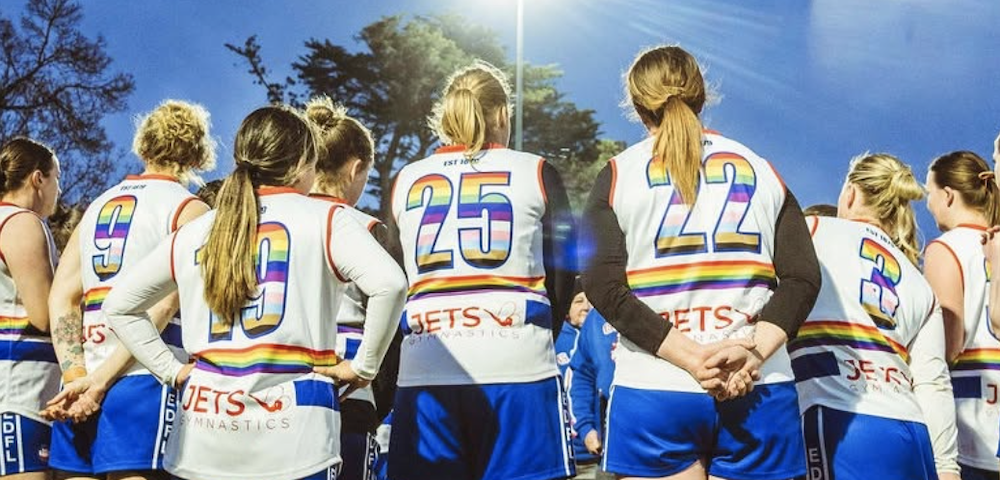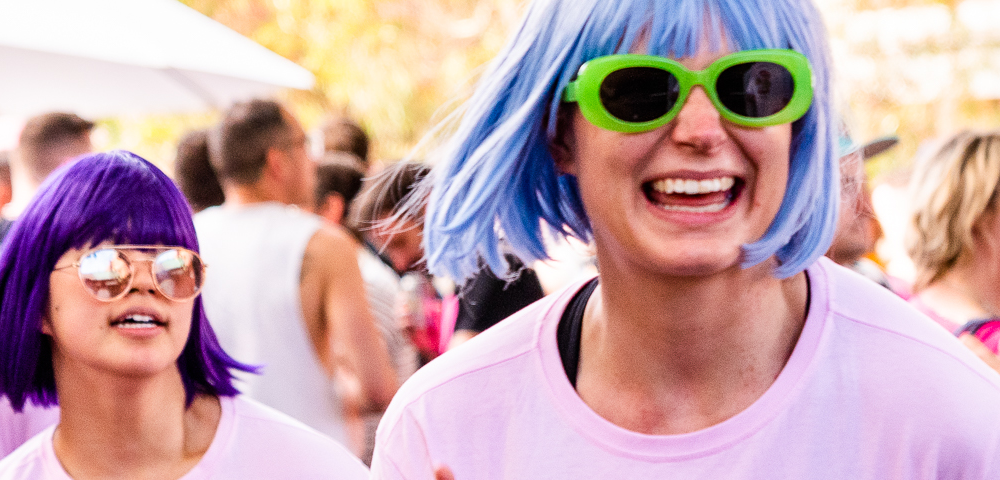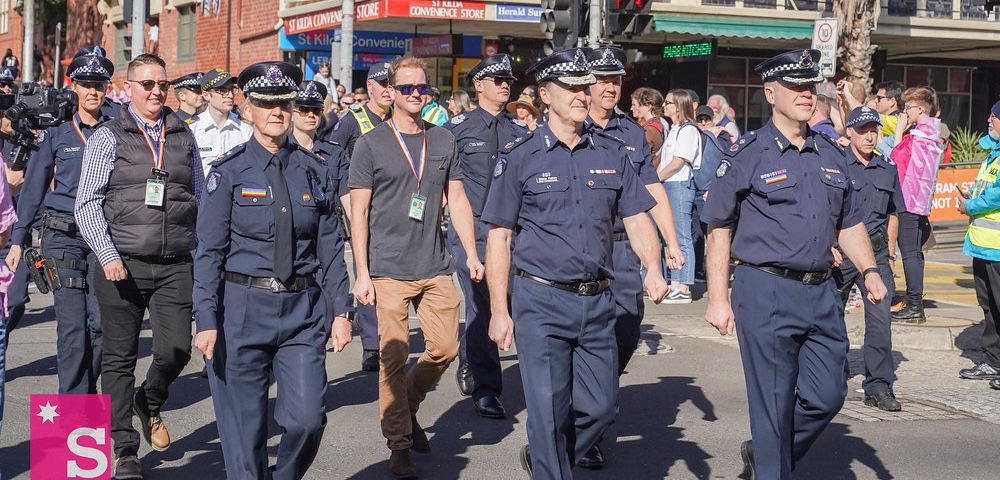
Finding the queer history of Victoria
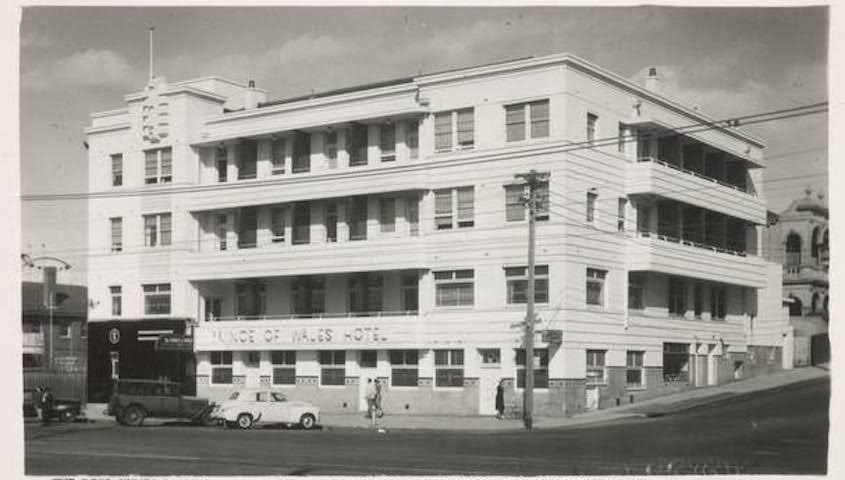
By Toby Halligan
A study on the rich history of LGBTIQ Victorians is being conducted by Australian Lesbian and Gay Archives (ALGA) in collaboration with Heritage Victoria. The project, dubbed Heritage 100, will identify 100 places and objects that played an integral role in Victoria’s LGBTIQ history, dating back to the 1840s.
The study, which is being supported by the Victorian Government is important because, as Graham Willett from ALGA explains:
“History and heritage is an intrinsic part of any community identity. How do we know who we are? Part of that is the places we feel strongly about and the objects we feel strongly about.”
Dr Marina Larsson, Principal Assessor at Heritage Victoria believes Victoria’s LGBTIQ history is “incredibly important” as “history allows community to connect with a sense of pride and it fosters a sense of inclusion.”
To help complete the study, the community is being asked to submit the names of places, buildings, venues, items, documents, artefacts.
Some of the venues that have been submitted are well known.
“The Prince of Wales comes up quite a bit, that was a venue that started in the ’70s. Obviously the Laird. Mandate comes up quite a bit.” says Dr Larrson.
Among some of the other 80 submissions that have been received so far are: beats that were historically important meeting places for gay men and others to socialise and meet partners; venues that were part of important radical lesbian conferences; and guest houses where gay couples lived.
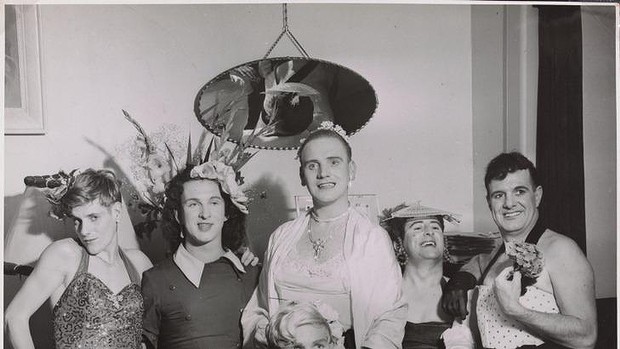
While many of the venues that have been submitted are familiar, part of what makes the study so important is that so much LGBTIQ life had to be hidden, due to criminalisation and stigma, as Dr Larrson explains.
“One of the interesting things that’s emerging for me is the large number of photographs of house parties taken in the interiors of houses with the blinds drawn showing people cross dressing.
“And of course these are photographs taken in the ’40s, ’50s, ’60s, ’70s at a time when homosexuality for me was criminalised.
“And we don’t know where some of these houses are but we do have the photos and what’s significant to me is that actually the blinds are drawn…”
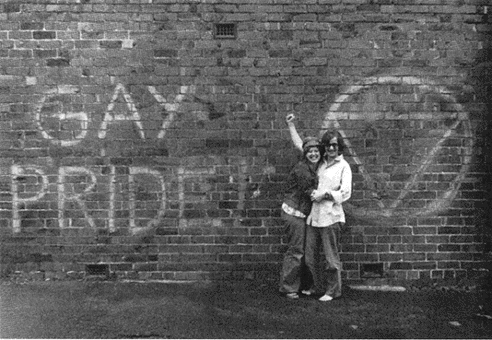
One of Graham Willett’s favorite objects is a badge from 1979 that reads: “We’re not all straight in the Garden State”, put out by a national conference that was held in Melbourne that year. Willett says that the fun nature of the queer community is also an important part of its history:
“History and heritage can’t all be serious, the stories we tell can’t all be about oppression and discrimination, though they’re certainly there too.
“It’s important to remember that we took the initiative and we remade the world, in part by being out and in part by just having fun.”
Submissions are open until the 28th February.
For more information and to submit a suggestions visit Engage Victoria’s website.
